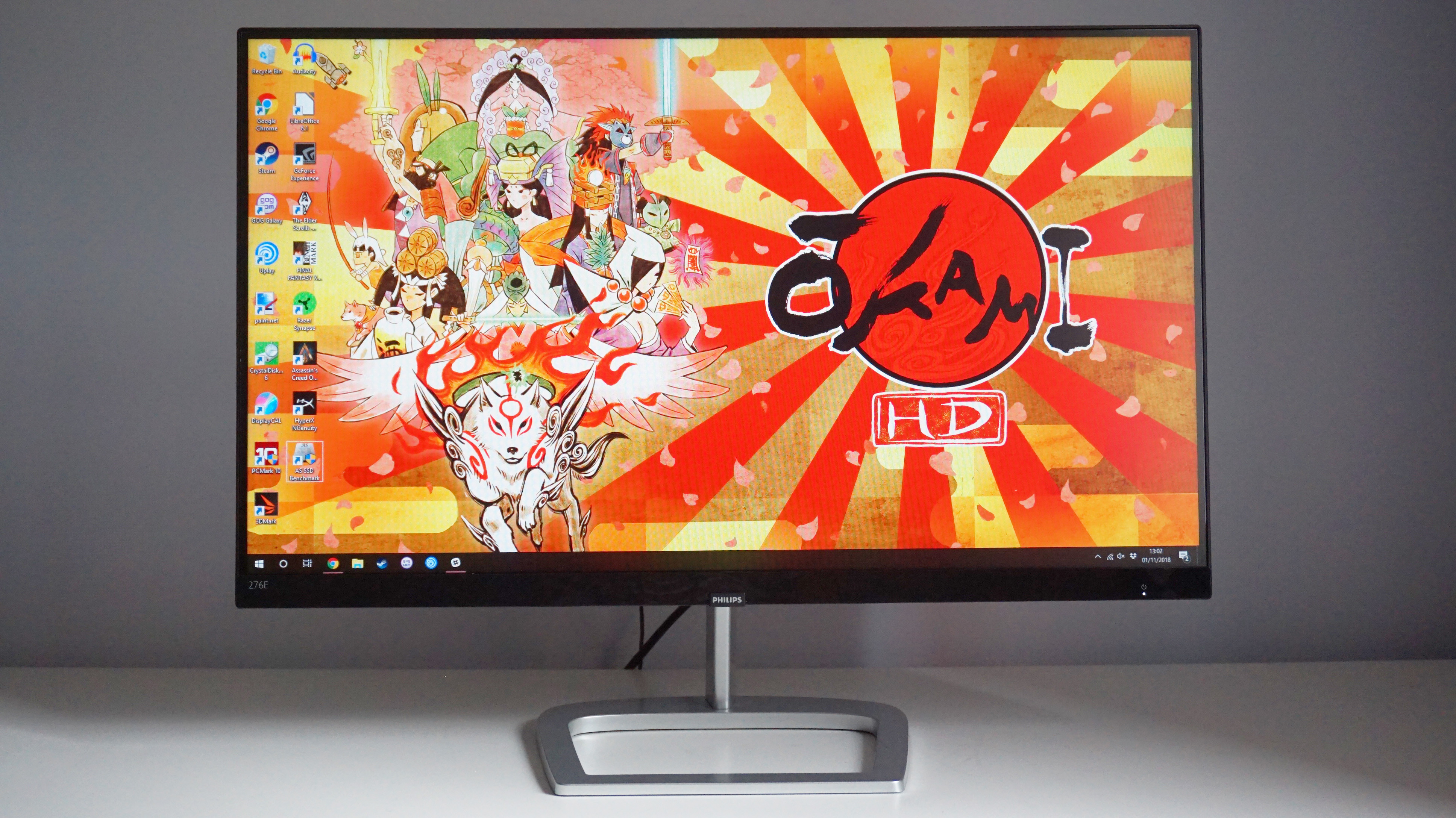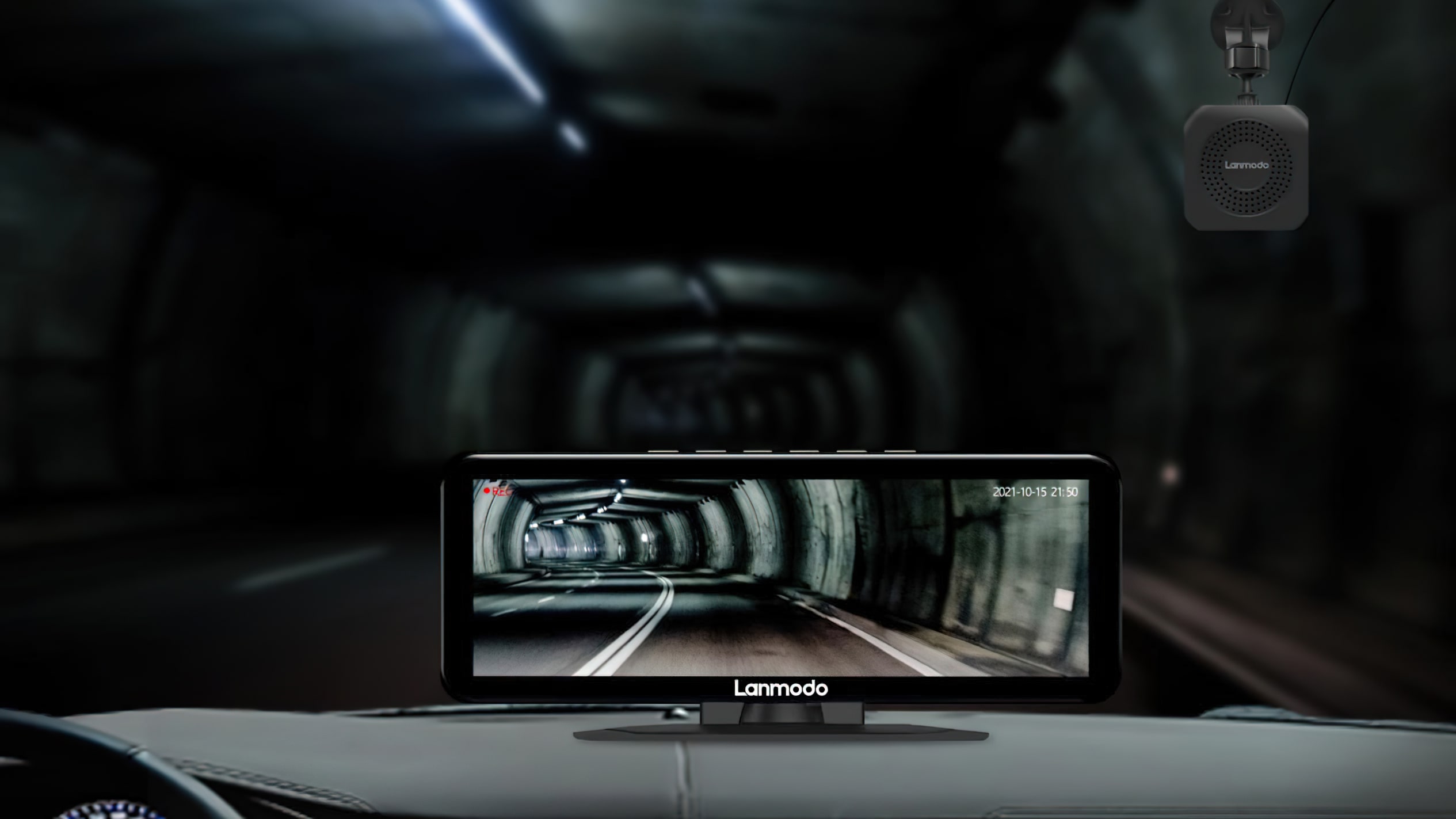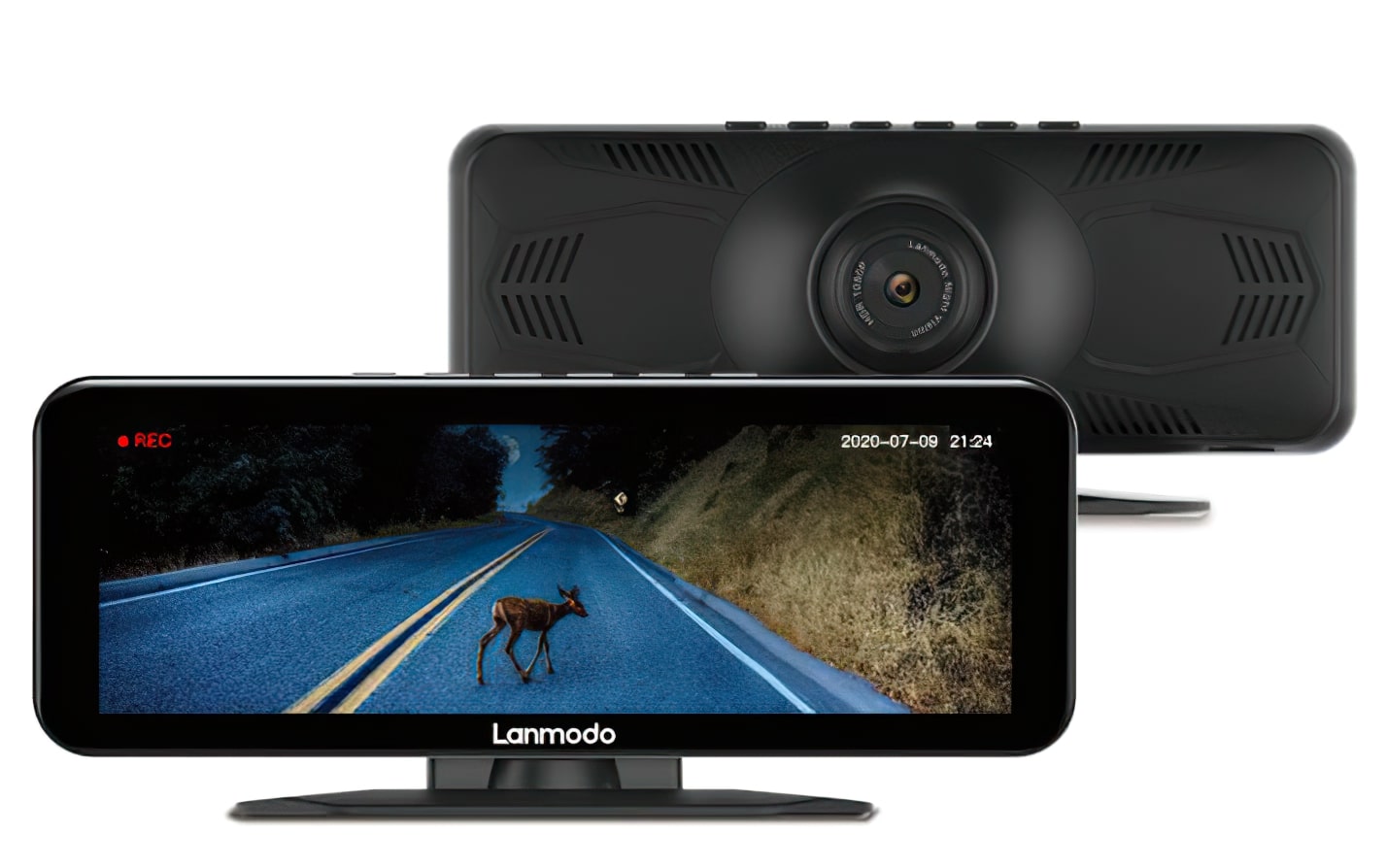
A recurring drawback I’ve had with HDR gaming screens these days is that they don’t appear to have the ability to do HDR ranges of brightness similtaneously HDR ranges of color. Whether it’s the ludicrously costly Nvidia G-Sync HDR-enabled Acer Predator X27 or a budget as chips BenQ EW277HDR, there’s all the time been some kind of compromise concerned. Sometimes it’s as a consequence of a limitation within the {hardware} – the BenQ’s most brightness merely isn’t as excessive because the Acer’s, for instance – however different occasions it feels such as you’re wrestling with a naughty little one (or cat, whichever you favor) that flatout refuses to do what it’s advised, making it much more irritating if you occurred to have paid by way of the nostril for it.
The fantastically parsable and succinctly-named Philips 276E9QJAB isn’t an HDR monitor per se, however no less than it’s upfront about what it’s making an attempt to attain. Instead of setting itself up for disappointment by leaping on the identical HDR bandwagon as everybody else, Philips describe this 27in, 1920×1080, 75Hz FreeSync display screen as an ‘ultra wide colour’ show, and man alive is it WIDE.
Admittedly, my first impressions weren’t good. Using its default, out of the field settings, the 276E9QJAB’s IPS panel was solely displaying a mediocre 91.3% of the common sRGB color gamut, in keeping with my X-Rite i1 DisplayPro calibrator, and 78.6% of the broader (and HDR-grade) DCI-P3 gamut. That’s not horrible contemplating it solely prices £160 (US pricing to be confirmed), but it surely’s not precisely what I’d name ‘ultra wide colour’ both.
I noticed comparable outcomes throughout the monitor’s numerous different color temperature settings as effectively, with its customisable User settings truly producing even worse figures after calibration. I additionally wasn’t overly impressed with its excessive black stage of 0.63cd/m2 (the nearer to 0.00cd/m2, the higher), or its distinction ratio of simply 427:1 both, each of that are fairly sub-par even for finances screens like this one. Its most brightness was pretty common, too, settling across the 270cd/m2 mark for essentially the most half (though I did see it rise to 330cd/m2 once I was fiddling about with a few of its different settings), however that is nonetheless greater than sufficient for on a regular basis use except you occur to be sitting proper subsequent to a really sunlit home windows. Then you may wrestle a bit.

The 276E9QJAB solely has a few inputs (one DisplayPort 1.2, one HDMI 1.four and one VGA), however that must be greater than sufficient for most individuals.
When I switched on considered one of its SmartImage Game modes, nonetheless, KAPOW. That large color protection got here crashing in like a bolt from the blue. Instant vibrancy with not one of the fuss.
Admittedly, purists might effectively assume Philips’ SmartImage modes look unnaturally oversaturated for essentially the most half, and I’d agree that the fizzing depth they carry to colors might be a bit robust for on a regular basis net searching and the like. In games, nonetheless, hoo boy do they offer them some pop.
The impact is basically synthetic, as measuring the 2 best-looking SmartImage modes out of the accessible six (FPS and Gamer 1, in my books) with my i1 DisplayPro once more noticed minimal positive factors to the monitor’s total gamut protection. FPS got here in at a mildly superior 91.7% sRGB protection, however Gamer 1’s sRGB rating solely managed 90.5%. I did see a really small improve within the 276E9QJAB’s DCI-P3 protection, rising from 78% to 80% in each modes, however that’s nonetheless a very good 10% decrease than what you’ll discover on correct HDR screens.
However, I used to be so impressed by the richness of FPS and Gamer 1 modes delivered to proceedings that, subjectively, I’d even go so far as saying they appear nigh on an identical to what you’d get on considered one of Nvidia’s fancy pants G-Sync HDR screens. Indeed, I’ve truly obtained the Asus ROG Swift PG27UQ again in for extra testing in the intervening time, and sizzling rattling does the 276E9QJAB do one heck of an impersonation of a two grand gaming show. The 276E9QJAB is, in reality, most likely nonetheless a contact oversaturated in comparison with the PG27UQ, however at this value I’m hardly complaining.
When I booted up my favorite Assassin’s Creed Odyssey dawn scene, for instance, the 276E9QJAB bathed the display screen in the identical heat glow of pinks and purples as I noticed on each the Asus PG27UQ and Acer Predator X27, flooding Kassandra’s pink mantle with a heat and depth that merely wasn’t there once I turned SmartImage off. If something, it regarded like Kassandra had all of a sudden joined the Greek underworld when SmartImage was disabled, as your entire scene regarded drained and sapped of life.
That nonetheless doesn’t excuse the monitor’s underwhelming distinction and black ranges, which additionally confirmed no enchancment with SmartImage switched on, however for me it actually goes a good distance to assist elevate the 276E9QJAB above different 27in screens on this specific value vary.
There are nonetheless a few different niggles I’ve with this monitor, equivalent to its awkwardly positioned four-way management/energy button on the again of the monitor (which is situated behind the central Philips brand as an alternative of the particular energy LED, requiring the shifting of keyboards and different potential peripherals in your desk to entry as an alternative of merely with the ability to attain around the aspect) and its mounted stand, however they’re fairly small within the grand scheme of issues.
More regarding is its 1920×1080 decision. Just like each different 27in monitor with this variety of pixels, this is absolutely the higher restrict to what I’d think about a suitable pixel density. It gained’t be a lot of an issue if all you’re going to be utilizing it for is taking part in games, however these of you hoping to additionally spend a good bit of time performing some work on it or studying lots of the positive phrases on this right here web site might discover it slightly grating on the previous eyeballs. Text is nearly sharp sufficient to not be a trouble in my books, however desktop icons can generally look slightly fuzzy across the edges. Ultimately, it’s the worth you pay for such an affordable display screen, but it surely’s price taking into account in the event you desire your screens wanting a tad extra outlined.
Still, supplied you’re all proper with the decision, the Philips 276E9QJAB is a positive finances monitor total. While its technical figures aren’t a lot to write down house about, Philips’ SmartImage tech provides you that fantastic HDR-like impact with none of the effort usually related to HDR screens, and your games look all the higher for it. For me, this protects the 276E9QJAB from changing into simply one other common finances monitor, and the actual fact it prices simply £160 makes it a really tempting proposition certainly.
I additionally such as you get the added bonus of AMD’s adaptive body price FreeSync tech plus an elevated 75Hz refresh price for increased body price gaming with out having to place up with any of the go-faster gaming stripes you usually discover on a lot of the competitors. Indeed, with its plain silver stand and tiny black bezels, the 276E9QJAB is arguably one of many extra engaging finances screens I’ve seen shortly. If you’re after a good gaming monitor that gained’t embarrass you or price an absolute fortune, the Philips 276E9QJAB is effectively price contemplating if the £190 / $200 BenQ EW277HDR is simply past your finances.




